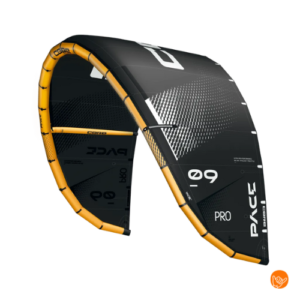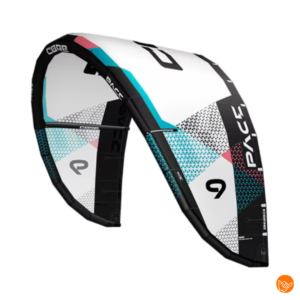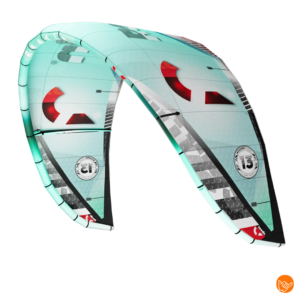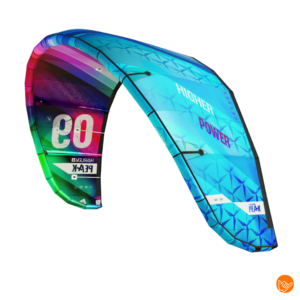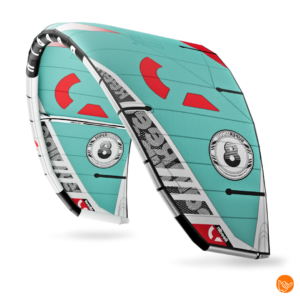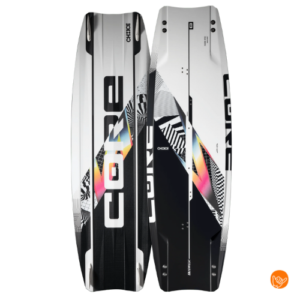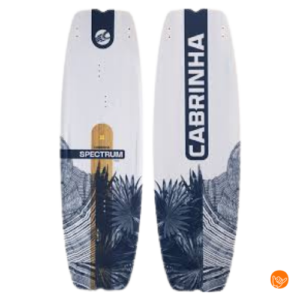A kitesurfing trip starts with putting together the right equipment. The essential kite gear for each destination consists of a kite, board, harness, bar and lines. In addition, wind conditions, transportation options and climate determine what specific equipment you need. This guide answers the most important questions about kitesurfing gear for your next trip.
What basic kitesurfing gear do you always need while traveling?
For any kitesurfing trip, you need at least a kite, board, harness, control bar and lines. This basic equipment forms the core of your kite gear and is indispensable for playing the sport, regardless of your destination or skill level.
Your kite is the most important component and largely determines how your session goes. An all-around kite like the Core XR8 or Naish Pivot works well for different wind conditions and is ideal for travel. You choose the board based on your riding style and expected conditions on site.
The harness connects you to the kite and should be comfortable during long sessions. A control bar with lines provides control of your kite. Make sure bar and kite are compatible - different brands sometimes have different systems.
This basic set is sufficient for most kitesurfing vacation destinations. Additional equipment depends on specific conditions such as water temperature, wind strength and your personal preferences.
How to choose the right kite size for different wind conditions on vacation?
The right kite size depends on the expected wind strength at destination, your body weight and skill level. For average wind conditions (15-25 knots), one kite is usually sufficient, but for variable conditions take multiple sizes along.
Research the wind statistics of your destination beforehand. Mediterranean locations often have lighter winds (10-18 knots) for which you need a larger kite (12-14m). Tropical destinations such as Brazil or the Caribbean often have stronger trade winds (18-30 knots) where a smaller kite (9-12m) works better.
For a week kitesurfing vacation the following rule of thumb is helpful:
- Light wind (10-18 knots): 12-15m kite
- Medium wind (15-25 knots): 9-12m kite
- Strong winds (20-35 knots): 7-10m kite
If you have room for multiple kites, then a combination of, say, 9m and 12m gives a lot of flexibility. This covers wind conditions from 12 to 30 knots, which is sufficient for most destinations.
What are the best ways to safely transport kitesurfing equipment?
Safe transportation of kite equipment requires proper packing and knowledge of baggage rules. Kites and boards can be damaged in transit, so invest in good protective covers and follow airline guidelines carefully.
For air travel, specific rules apply for kitesurfing luggage. Most airlines accept kitesurfing equipment as sports baggage, but check in advance weight restrictions and additional fees. A complete kitesurfing kit usually weighs 8-15 kilograms, depending on the number of kites and board choice.
Pack your gear as follows:
- Carefully fold kites according to manufacturer's instructions
- Use a sturdy kite bag with extra padding for protection
- Wrap your board in a board sock or bag with foam protection
- Pack bar and lines in a separate bag to avoid confusion
- Divide weight among multiple bags to not exceed weight limit per piece
For car travel, you can pack equipment more loosely, but protect sharp edges of boards and prevent parts from rubbing against each other. Place boards upright and fill empty spaces to prevent shifting during transport.
What additional accessories will complete your kitesurfing trip?
In addition to the basic equipment, various accessories make your kitesurfing trip more comfortable and safer. A wetsuit, impact vest, helmet and repair kit are the most important additions, depending on your destination and personal preference.
A wetsuit is essential for colder waters and also provides sun and chafe protection in warm areas. For tropical destinations, a shorty (short sleeves and legs) is often sufficient, while for northern waters you need a 4/3mm or 5/4mm fullsuit.
Safety equipment deserves extra attention:
- Impact vest: Protects your torso during hard landings
- Helmet: especially important in onshore wind or crowded spots
- Knife/hook knife: For emergency situations with tangled lines
- Repair kit: tape, valve tool and spare parts
A good pump is essential for setting up your kite. Many accommodations do not have suitable pumps available, so bring your own. Choose a light, compact pump that fits easily in your luggage.
Don't forget practical items such as sunscreen, sunglasses with strap, towel and a waterproof bag for your phone and keys while kiting.
How do you prepare your kitesurfing equipment for different climates and destinations?
The preparation of your kitesurfing equipment depends greatly on climate and local conditions of your destination. Water temperature, wind patterns and wave conditions determine what specific gear you need for an optimal experience.
For tropical destinations such as Brazil, Dominican Republic or Egypt prepare differently than for North Sea locations. Warm waters (above 24°C) require minimal thermal protection, but strong sun makes UV protection important. Choose light wetsuits or lycra shirts to avoid sunburn.
Cold waters (below 18°C) such as in the Netherlands, Denmark or the UK require more extensive preparation:
- Thicker wetsuit (4/3mm or 5/4mm) with good fit
- Neoprene gloves and booties for longer sessions
- Hood or helmet against heat loss through your head
- Spare clothing for after kiting
Wave conditions also influence your gear choice. Flatwater spots are ideal for freestyle boards and smaller kites, while wave conditions often require larger, more stable kites and directional boards.
Want to try out different kites without the investment of purchase? A flexible subscription provides access to premium brands such as CORE, North and Slingshot at a predictable monthly cost. You can easily build your ideal set for different destinations. For personal advice on the best gear for your trip you can always contact with our specialists. With a flexible kitesurfing subscription you are always assured of the latest equipment for any destination.













